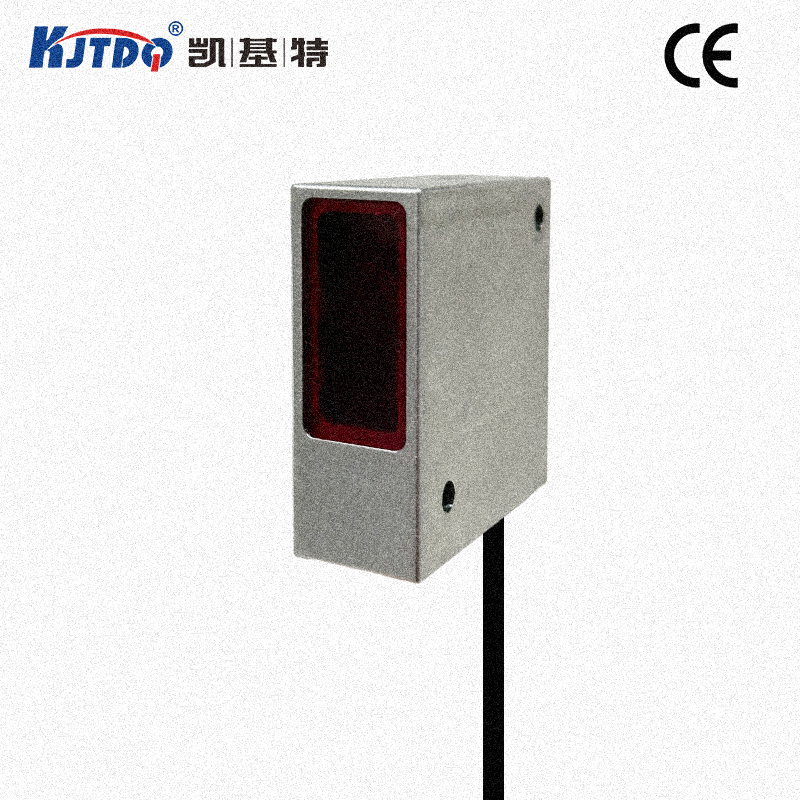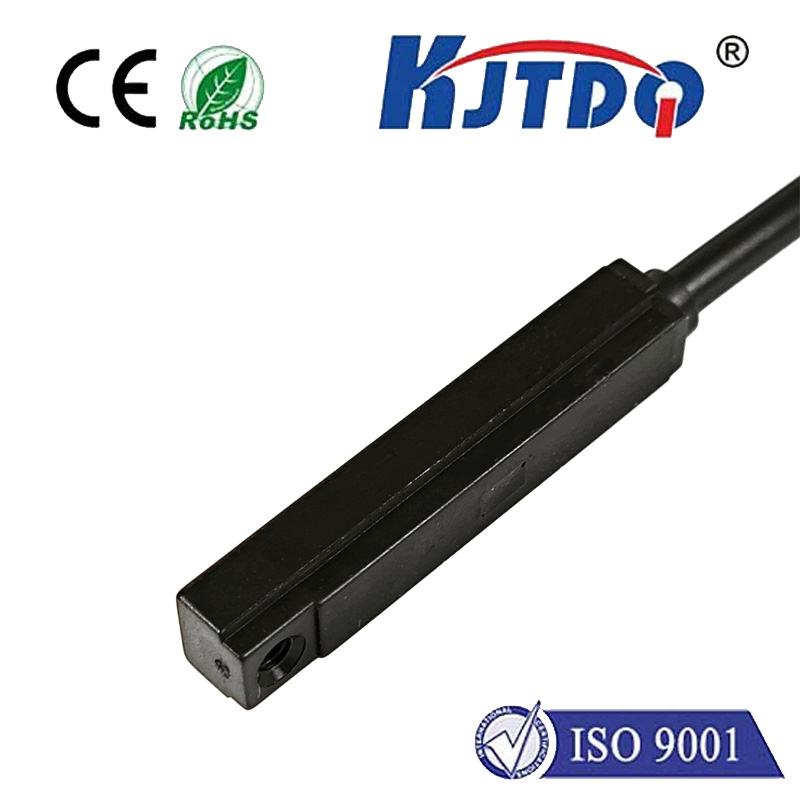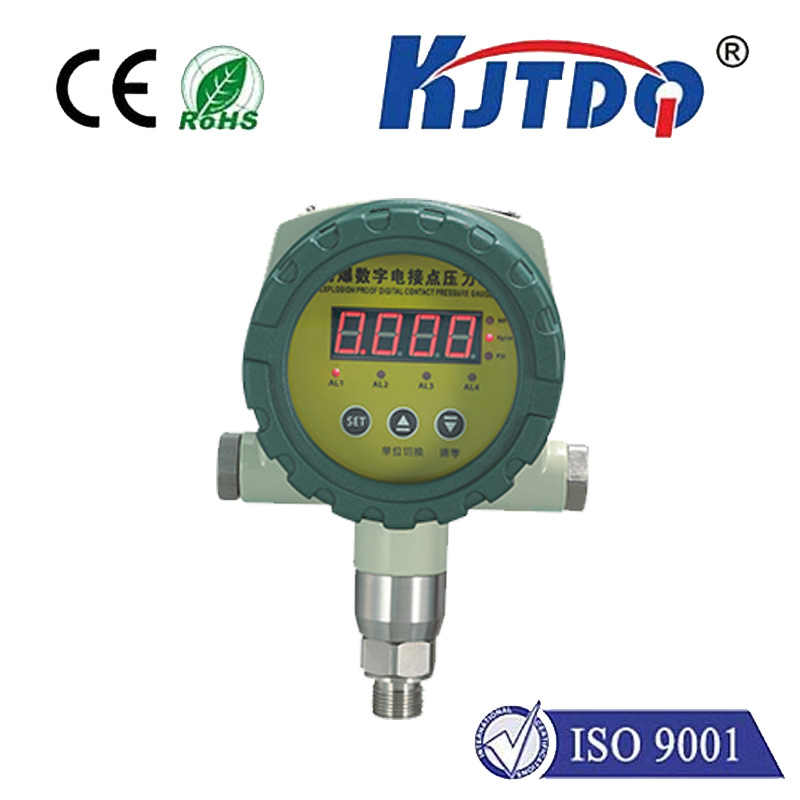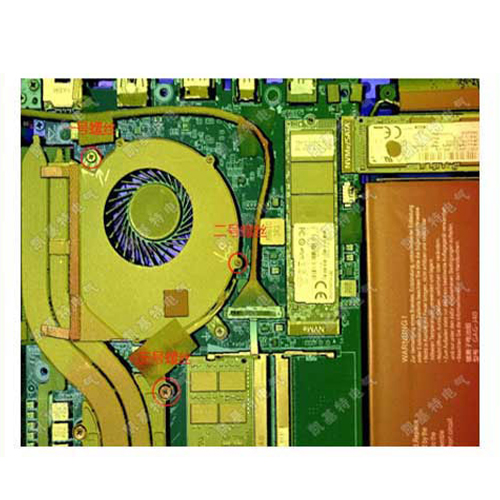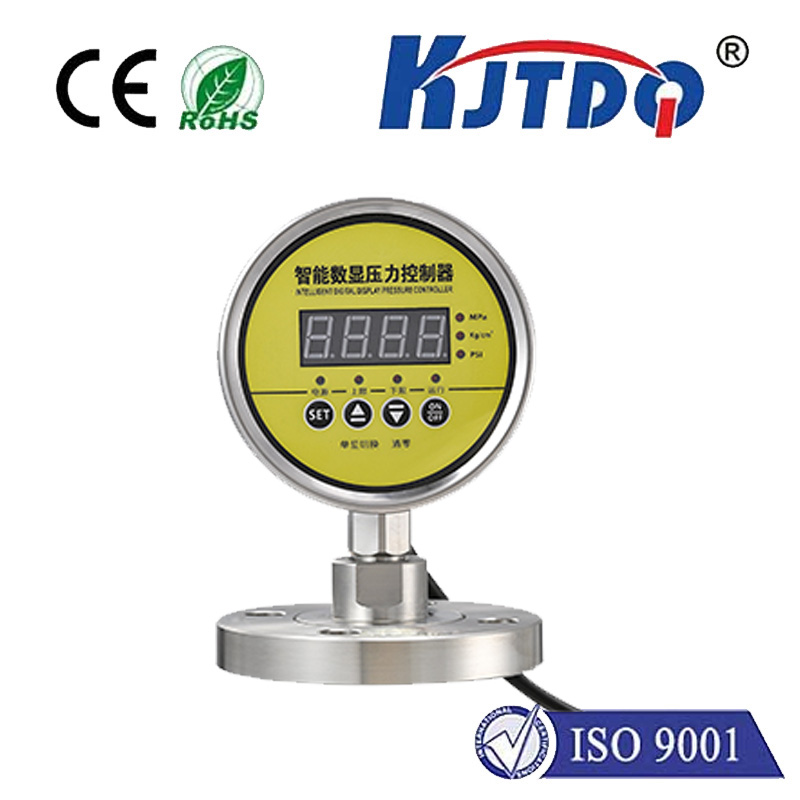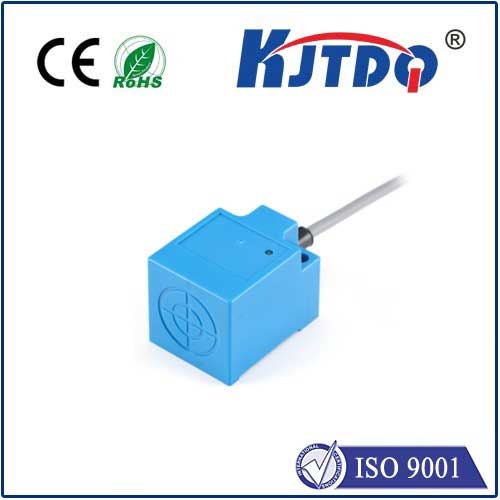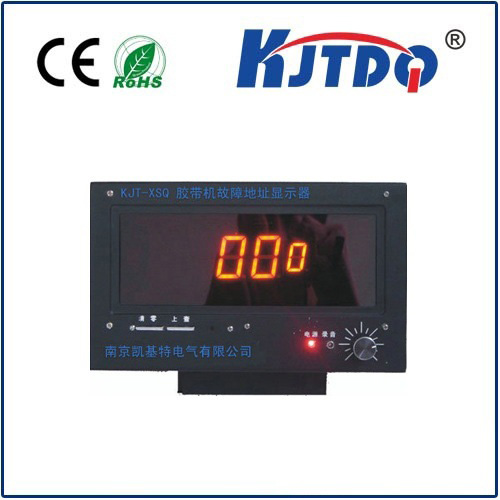optical through beam sensor
- time:2025-08-16 04:17:10
- Click:0
Optical Through Beam Sensors: Unmatched Precision in Object Detection & Positioning
Imagine factory equipment that could “see” objects with laser precision, triggering actions flawlessly thousands of times per minute. Or safety systems that instantly halt dangerous machinery the moment someone crosses an invisible line. This isn’t science fiction; it’s the reliable, high-speed reality powered by Optical Through Beam Sensors, a cornerstone technology in modern automation.
Often considered the gold standard for long-range, highly accurate presence detection, optical through-beam sensors operate on a brilliantly simple yet highly effective principle. They consist of two physically separate units: an emitter and a receiver. The emitter continuously projects a beam of light—visible red, infrared (IR), or laser—directly towards the receiver. The receiver’s sole purpose is to monitor the status of this light beam. When an opaque object passes between the emitter and receiver, it interrupts the beam. This interruption causes the receiver’s output signal to change state instantaneously. That change is the detection signal.
Why Choose Through-Beam Detection?
Compared to other sensing technologies like proximity sensors, ultrasonic sensors, or even reflective (retro-reflective) optical sensors, through-beam sensors offer distinct advantages:
- Long Detection Range: Capable of reliably detecting objects over distances ranging from a few centimeters to several tens of meters, significantly exceeding the range of most other optical sensing modes.
- Highest Precision & Reliability: Since the receiver detects light directly from the emitter, without relying on reflection, the signal is exceptionally strong and clean. This translates to superior accuracy for detecting very small objects and minimal susceptibility to factors like object color, surface finish, or reflectivity. They excel in detecting clear glass and transparent films, a challenge for many other sensors.
- Fast Response Times: The direct path and strong signal allow for extremely rapid switching speeds, often in the microsecond range. This makes them ideal for high-speed counting, precise position registration on fast-moving production lines, or triggering safety relays with minimal delay.
- Stable Operation: Highly resistant to environmental interference like ambient light fluctuations, dust (as long as it doesn’t completely block the beam), humidity, or acoustic noise, which can plague ultrasonic or reflective sensors. Modulated light (pulsing at a specific frequency) is often used, allowing the receiver to ignore steady ambient light and only recognize the emitter’s signal.
- Simple Set-up (Conceptually): Alignment is crucial (beam must hit the receiver), but the fundamental setup – point the emitter at the receiver – is straightforward.
Key Components and Variations

While the core principle is simple, modern through-beam sensors incorporate sophisticated elements:
- Light Source: Common choices include high-intensity LEDs (cost-effective, good for moderate ranges/accuracy) and laser diodes (for pinpoint accuracy, very long ranges, and detecting minute objects).
- Lenses: Focus the emitted light into a tight beam and collect incoming light efficiently at the receiver. Lens quality directly impacts range and precision.
- Modulation Circuitry: Generates a specific pulsing frequency for the emitted light, enabling the receiver to distinguish the signal from background light.
- Receiver Sensitivity Circuitry: Amplifies the weak received signal and decodes the modulation, ensuring only the correct signal triggers the output.
- Output Stages: Can be NPN, PNP, relay, or analog (for intensity monitoring), compatible with PLCs, safety controllers, counters, etc.
- Housing: Engineered for rugged industrial environments (IP67, IP69K ratings common), offering resistance to shock, vibration, chemicals, and washdowns.
Critical Applications Driving Industries
The unique strengths of through-beam sensors make them indispensable in countless scenarios demanding precision, speed, and reliability:
- High-Speed Object Counting & Registration: Counting bottles, cans, packages, pills, or components on conveyor belts at blistering speeds with minimal errors. Precise registration marks on packaging or webs ensure accurate cutting and printing.
- Position Detection & Control: Verifying the exact position of parts in machinery, robotic arms, or automated guided vehicles (AGVs). Guaranteeing gates or doors are fully open or closed.
- Small Parts Detection: Detecting tiny electronic components, screws, fasteners, or wire leads missed by bulkier sensors.
- Transparent Object Handling: Detecting glass bottles, vials, plastic films, or lenses moving on production lines. Clear object detection remains a key differentiator.
- Material Break Monitoring: Detecting breaks or missing sections in wires, yarns, tapes, or sheets during continuous processes (web break detection).
- Safety Light Curtains: Creating multi-beam “curtains” of infrared light across hazardous areas. Any beam interruption triggers an immediate emergency stop (E-stop) of machinery, safeguarding personnel. This is a vital machine safety application.
- Access Control & Perimeter Monitoring: Securing doors, gates, or restricted areas. Detecting entry into hazardous zones.
Selecting the Right Through-Beam Sensor
Choosing the optimal sensor requires careful consideration:
- Required Sensing Range: Match the sensor’s specified range to your application’s distance.
- Object Size: The smallest object to be detected determines the necessary beam diameter/size at the detection point. Laser sensors offer the finest spots.
- Environment: Consider temperature, dust, moisture, washdown needs, and chemical exposure. Choose appropriate housing material (e.g., stainless steel) and IP rating.
- Installation Constraints: Ensure sufficient space for mounting both emitter and receiver and the ability to align them accurately. Alignment tools or visible laser beams can aid setup. Remember, misalignment causes failure.
- Light Type: LED for general use, laser for pinpoint accuracy or long-range detection of small objects.
- Response Time: Match the sensor’s switching speed to the application’s required detection speed.
- Output Type: Select NPN, PNP, relay, safety-rated outputs (OSSDs), or analog based on your control system requirements.
Optimizing Performance: Alignment is Paramount
The Achilles’ heel of the through-beam principle is sensor alignment. Any movement or vibration of the mounting points can cause misalignment over time, leading to nuisance faults or complete failure. Solutions include:
- Robust Mounting: Use sturdy brackets and vibration-dampened mounts.
- Alignment Aids: Many sensors feature built-in alignment indicators (LEDs showing signal strength) or utilize visible red pilot beams (even if the main beam is IR).
- Self-Aligning Brackets: Special mounting brackets simplify initial setup and maintain alignment.
- Modulation & Gain Adjustment: Helps filter out ambient light and optimize signal strength to prevent false triggers or missed detections.
Embracing the Future of Automation
As industrial automation continues its relentless push towards higher speeds, greater precision, and enhanced safety standards, the fundamental role of optical through-beam sensors becomes ever more critical. Their inherent reliability, long-range capability, and exceptional speed make them irreplaceable for tasks where detection accuracy cannot be compromised. From ensuring seamless production flow through precise object counting and positioning to safeguarding human workers via instantaneous safety responses, these sensors provide a robust and proven solution. When you need the highest levels of detection certainty, especially over distance or with challenging transparent materials, the optical through-beam approach remains a dominant and trusted technology.












